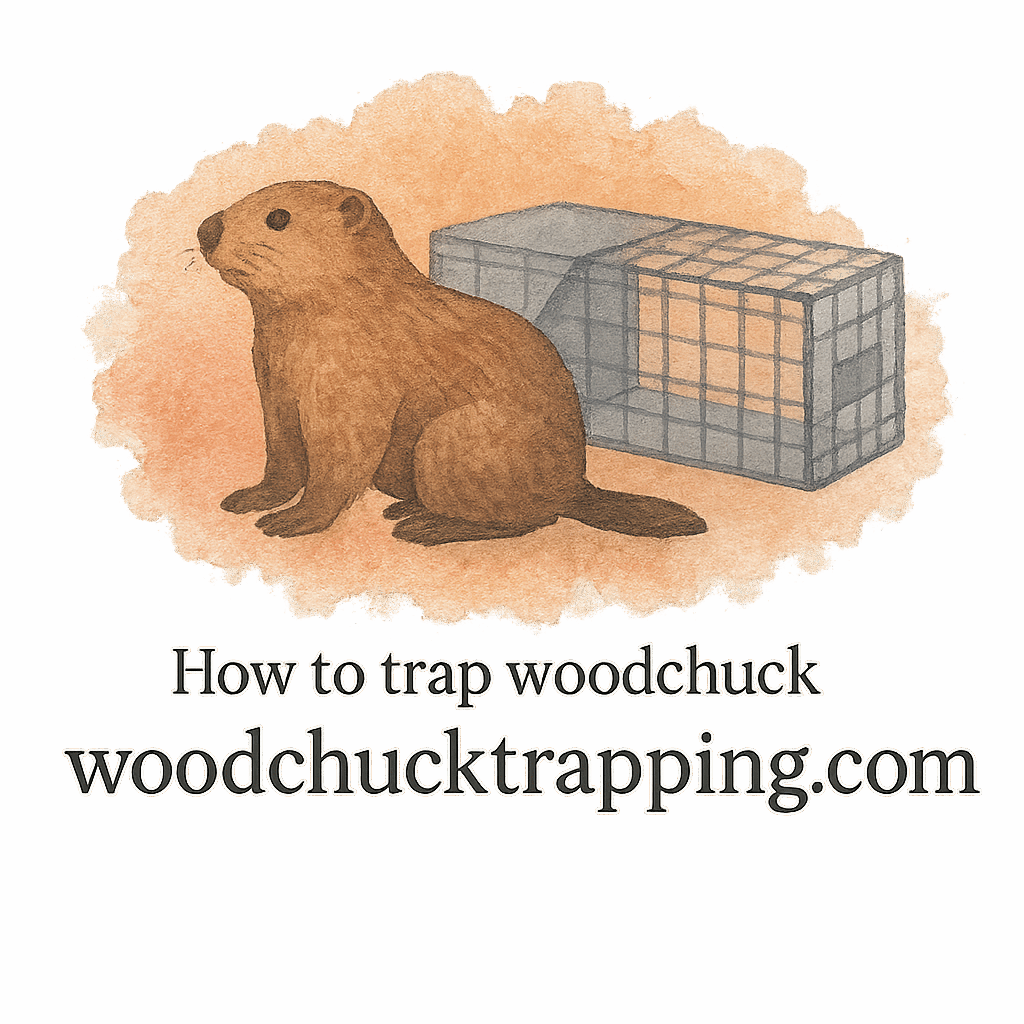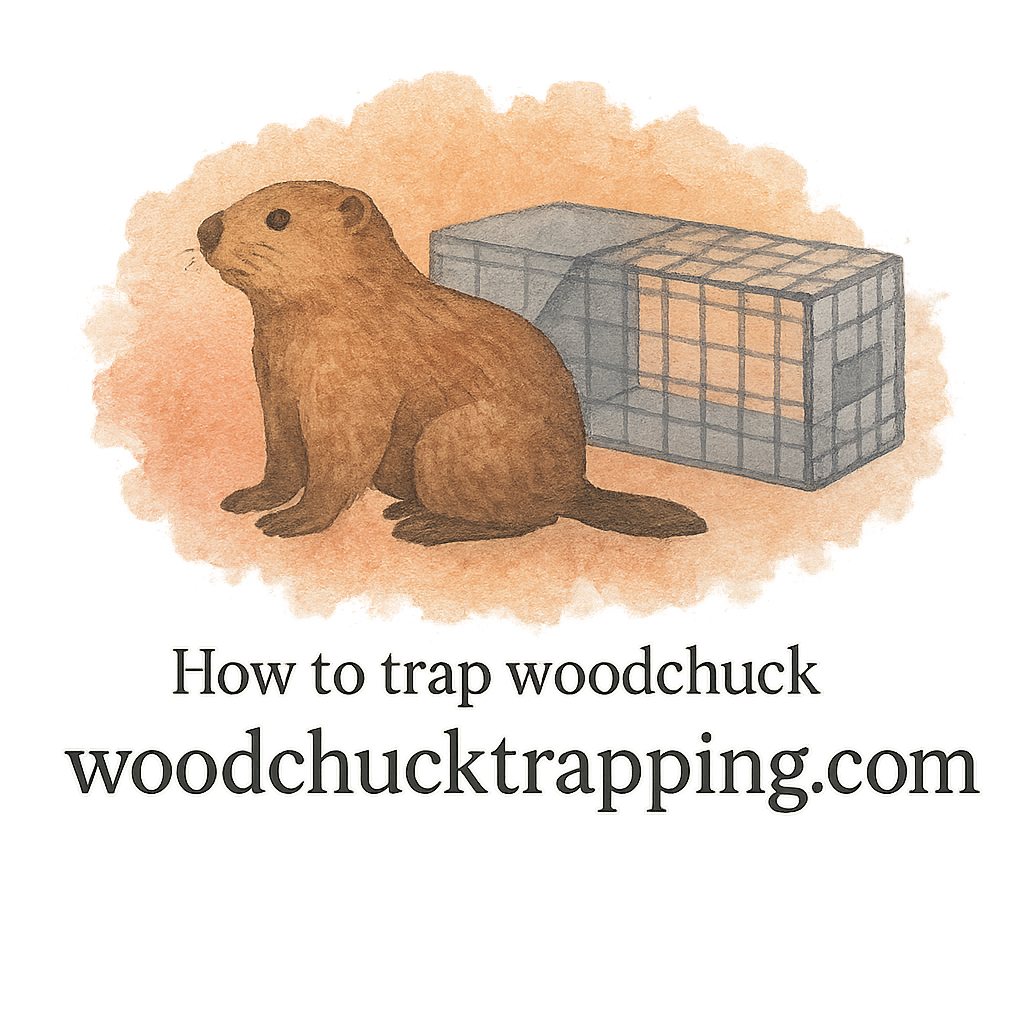Introduction
If you’ve ever had your garden decimated overnight or found holes dug around your shed, chances are a woodchuck (aka groundhog) is to blame. While trapping can be an effective way to manage these pesky critters, trap placement is the real secret sauce for success. In this guide, we’ll break down the 10 best locations to place your woodchuck trap and sprinkle in expert tips so you can get the results you’re after—without losing your sanity.
Why Trap Placement Matters
Understanding Woodchuck Behavior
Woodchucks are creatures of habit. They create complex tunnel systems, have preferred routes, and love spots with easy access to food and cover. Knowing their patterns gives you the upper hand.
The Importance of Strategic Positioning
You can have the most high-tech trap in the world, but if it’s in the wrong spot—it’s just a lawn ornament. Strategic placement increases your odds significantly and makes for quicker, more humane trapping.
Check out our in-depth section on trapping techniques to get started with the right approach.
Top 10 Locations to Place Your Woodchuck Trap
1. Near Active Burrows
Burrows are the woodchuck’s home base. Placing traps just outside the entrance ramps up your chances.
Spotting Active Burrow Signs
Look for fresh dirt, tracks, or gnawed plants nearby. These signs scream, “I live here!” For more insights, explore our tag on burrows.
2. Along Fencing or Yard Edges
Woodchucks often scuttle along the edges of fences or property lines. It gives them cover and a defined path. Traps along these corridors can catch them mid-commute.
3. Near Garden Beds
Your garden is a salad bar to a hungry woodchuck. Set traps right on the outskirts—close enough to lure them, but not so close they disturb your plants.
Pro Tip: Use scent lures from our baiting and luring guide to maximize attraction.

4. Under Sheds or Decks
Dark, cozy, and protected? That’s prime woodchuck real estate. Place traps just outside these spaces.
See more on minimal space and compact traps for tight zones like this.
5. At Entry/Exit Holes
Sometimes, you’ll find multiple entrances. Placing traps at each can catch them coming or going.
Double-check our safety tips before setting traps in high-traffic areas.
6. Beside Favorite Feeding Areas
Find out what they love to munch—clover, veggies, flowers—and set traps nearby. This method works wonders.
Explore our posts tagged attract and lure to better understand bait appeal.
7. On Regular Travel Paths
Woodchucks often create visible paths in the grass or dirt. Set traps along these routes. These are their highways.
Use gear reviewed in our equipment reviews to find the best tools for your setup.
8. By Compost or Trash Areas
Yep, they rummage. Compost piles and trash attract woodchucks due to the food smell. Place traps nearby—but out of pet range!
Review our guides on trap scent and scent bait for top-notch results.
9. Near Woodpiles or Debris Areas
These cluttered zones offer hiding places and easy escapes. Trapping here requires stealth and effective baiting.
For better handling in such areas, read our tips tagged handling.
10. In Burrow-Heavy Zones (Cluster Trapping)
Got multiple burrows? Cluster traps across the area. It ups your odds and prevents missed opportunities.
Visit trapping essentials to make sure your setup is solid.
How to Enhance Trap Success
Using Scent Baits and Lures
Strong-smelling baits work best. Try fruits, veggies, or commercial lures. Read our guide to baiting and luring to get started.
Selecting the Right Trap Gear
A bad trap is worse than no trap. Make sure your gear is sturdy and sized right. Our equipment reviews break down what’s worth buying.
Explore more on trap gear and equipment.
Safe and Humane Trapping Practices
Be ethical. Always follow humane practices and wear protective gloves to prevent disease and scent contamination.
Head to our section on laws and safety for full legal and ethical guidelines.
Mistakes to Avoid When Placing Traps
- Don’t place traps in high-traffic areas for pets/kids
- Avoid direct sun—traps can get hot
- Don’t skip checking traps daily
- Never bait with meat—it attracts the wrong animals
Read more on trapping dos and don’ts.
Woodchuck Trap Placement and the Law
Every state has its own rules. Some require relocation permits; others ban certain traps. Know the law before you set anything.
We break it all down in our laws and safety section.
Conclusion
Setting a woodchuck trap is more than placing a cage on the lawn and hoping for the best. By targeting the right locations, using proven baiting techniques, and keeping safety in mind, you can handle your woodchuck problem effectively and humanely.
Don’t forget to explore our full site for more trapping wisdom: woodchucktrapping.com
FAQs
1. What’s the best bait to use in a woodchuck trap?
Fruits like cantaloupe and veggies like carrots work well. Check our baiting and luring guide for more.
2. How do I know if a burrow is active?
Fresh dirt, droppings, and plant damage nearby are good indicators. Learn more in our section on burrows.
3. Is it legal to trap woodchucks in my state?
Check your local wildlife laws or head to our laws and safety page.
4. Should I use gloves when handling traps?
Absolutely! Gloves protect you and prevent scent contamination. Read more on handling.
5. How long should I leave the trap out?
Until you catch the woodchuck, but always check daily.
6. Can I trap more than one woodchuck at once?
Yes! Try cluster trapping near infestation zones.
7. What should I do with a trapped woodchuck?
Follow humane relocation practices and review legal guidelines on our laws and safety page.


